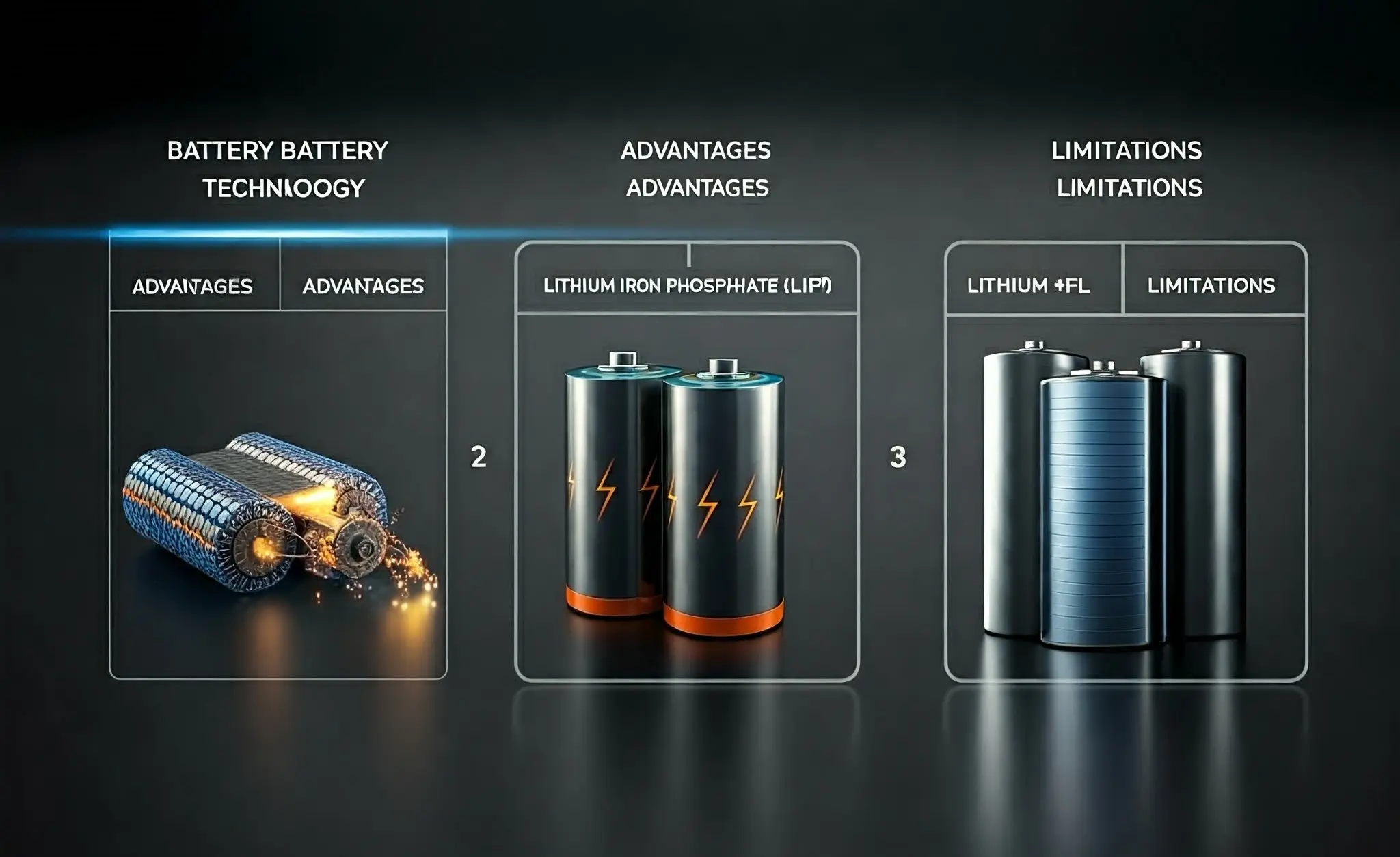Contacts Us:
Addr: 121 Bayberry Lane Westport, Connecticut 06880
Tel: (203)451-3527
Email: info@bodentel.com

The world is electrifying. From electric vehicles and portable electronics to renewable energy grids and data centers, the demand for high-performance batteries is surging. But not all batteries are created equal. This blog dives into three leading contenders in the lithium-ion battery space: High-nickel Ternary Lithium batteries, Lithium Iron Phosphate batteries, and the emerging Lithium Metal batteries. We’ll explore their unique characteristics, advantages, and potential applications to understand how they are shaping the future of energy storage.
1. High-Nickel Ternary Lithium Batteries (NMC)
High-nickel ternary lithium batteries, often referred to as NMC batteries, have become a dominant force in the electric vehicle and consumer electronics markets. Their name derives from their cathode composition, which typically includes nickel, manganese, and cobalt (NMC).
Advantages:
Limitations:
2. Lithium Iron Phosphate Batteries (LFP)
Lithium Iron Phosphate (LFP) batteries have emerged as a strong contender, particularly in applications where safety and longevity are paramount. Their cathode material is lithium iron phosphate, a stable and abundant compound.
Advantages:
Limitations:
3. Lithium Metal Batteries
Lithium metal batteries represent the next frontier in battery technology. These batteries utilize a lithium metal anode instead of the graphite anode found in conventional lithium-ion batteries.
Advantages:
Limitations:
Comparing the Advantages
| Feature | High-Nickel Ternary (NMC) | Lithium Iron Phosphate (LFP) | Lithium Metal |
|---|---|---|---|
| Energy Density | High | Moderate | Ultra-High |
| Safety | Moderate | High | Needs Improvement |
| Cycle Life | Good | Excellent | Needs Improvement |
| Cost | Moderate | Low | High |
| Applications | EVs, Consumer Electronics | EVs, Energy Storage, Power Tools | EVs, Aviation, High-Performance Devices |
The Future of Battery Technology
The battery landscape is constantly evolving, with ongoing research and development pushing the boundaries of performance, safety, and cost. While NMC and LFP batteries currently dominate the market, lithium metal batteries hold immense promise for the future. As researchers overcome the challenges associated with dendrite formation and cycle life, lithium metal batteries could revolutionize industries by enabling lighter, more powerful, and longer-lasting energy storage solutions.
Ultimately, the choice of battery technology depends on the specific application and its requirements. High-nickel ternary batteries excel in applications where energy density is paramount, while lithium iron phosphate batteries prioritize safety and longevity. And as lithium metal batteries mature, they are poised to unlock new possibilities for electric vehicles, aviation, and beyond.